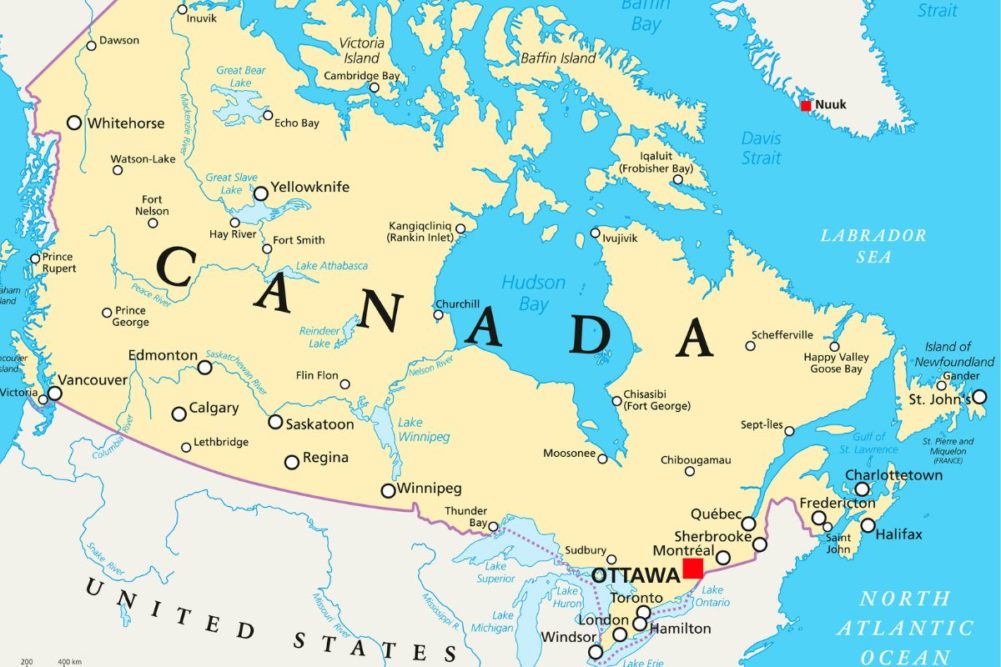OTTAWA, ONTARIO, CANADA — Canadian corn for grain and soybean production is expected to increase in 2023 thanks to greater harvested area, while wheat, canola, barley and oats will decline amid dry weather affecting all crops, according to a preliminary report from Statistics Canada.
Decreased production for most crops was driven by lower yields due to dry conditions in Western Canada. Across much of the Prairies, lower-than-average precipitation and high temperatures have resulted in poorer crop conditions than in 2022. Eastern Canada has received higher-than-average rainfall since the beginning of the growing season.
Nationally, corn for grain production is projected to increase by 1.3% to 14.7 million tonnes in 2023. Yield is anticipated to fall 2.7% to 156.1 bushels per acre, while harvested area is expected to rise 4.1% to 3.7 million acres.
The soybean harvest is forecast to increase by 2.9% year-over-year to 6.7 million tonnes. Yields are expected to fall by 3.5% to 44.3 bushels per acre, while harvested area is anticipated to increase by 6.8% to 5.6 million acres.
Wheat, the nation’s largest crop, is seen decreasing 14.2% year-over-year to 29.5 million tonnes in 2023. The drop is due to lower yields, which are expected to fall by 19% to 41.2 bushels per acre because of dry conditions across the Prairies, offsetting higher anticipated harvested area, which is expected to rise 5.6% to 26.3 million acres.
Canola production is expected to fall by 6.1% to 17.6 million tonnes in 2023. The anticipated decrease in production is due to lower yields, which are expected to fall 8.8% to 35.4 bushels per acre, while harvested area is expected to increase 3% to 21.9 million acres.
Barley yields are forecast to plummet 21.4% to 55.3 bushels per acre compared to last year even as harvested area rises 1% to 6.6 million acres. Barley production is expected to fall 21% to 7.9 million tonnes.
It’s a similar story for oats production, which is expected to see its lowest output in a decade, falling 53.5% to 2.4 million tonnes year-over-year. Harvested area is forecast to fall 41% to 2 million acres, with yields decreasing 21% to 76.9 acres.
Statistics Canada, an agency of the Canadian government, uses satellite technology and agroclimatic data to model preliminary crop yields and production. Final harvested area estimates based on the November 2023 Field Crop Survey will be published on Dec. 4.






